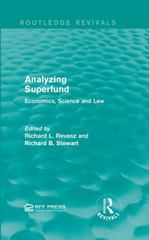Question
2.Suppose there are two countries, Japan, and the United States. Prices are sticky in the short run, but perfectly flexible in the long run. PPP
2.Suppose there are two countries, Japan, and the United States. Prices are sticky in the short run, but perfectly flexible in the long run. PPP may fail in the short run but holds in the long run. Uncovered interest parity always holds. Initially the market is in equilibrium. At time T, there is a permanent increase in money supply in Japan.
a.(3 points). Using the two appropriate graphs (money and FX market), analyze how the increase in money supply in Japan affects the interest rate and exchange rate in Japan in the short run and in the long run.
b.(3 points). Using the two appropriate graphs (money and FX market), analyze how the increase in money supply in Japan affects the interest rate and exchange rate in the United States in the short run and long run.
c.(4 points). Using two figures, plot the trajectory of the Japanese nominal exchange rate and real exchange rate in the short run and long run.
Step by Step Solution
There are 3 Steps involved in it
Step: 1

Get Instant Access to Expert-Tailored Solutions
See step-by-step solutions with expert insights and AI powered tools for academic success
Step: 2

Step: 3

Ace Your Homework with AI
Get the answers you need in no time with our AI-driven, step-by-step assistance
Get Started


